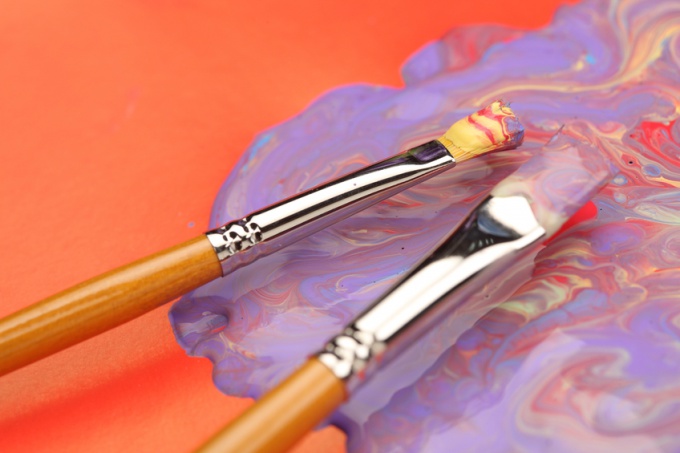You will need
- - any paint;
- - pre-impregnation.
Instruction
1
Plaster has its own quite noble color, ease and durability. This all-natural, fire resistant and environmental material. Paint, varnish or gilding is overlapped with ease.
2
Acrylic beauty suitable for painting plaster, but before this it is necessary to treat the surface for protection from moisture and UV rays with primer and lacquer on silicone and polyurethane. All products made from plasterrequire the application of paint in 3 layers, regardless of a panel or cornice. The convex surface should be coated with a liquid stain or varnish.
3
The hardness of the plaster can be given by mixing 1 part of quenched lime and 5 parts of gypsum. The object, made from such mixtures after drying, it is necessary to impregnate with a solution of sulfate salts. If you use the zinc salt, the gypsum, the item will be white, and if treated with salts of sulfate, the product would take dark yellow color.
4
Plaster can be dyed in the color of bronze, wood and even cast iron with conventional oil paints, but this plaster must be well dried and impregnated with an alcoholic solution of rosin. Using bronze powder to give the plaster color of old bronze - for this you need gypsum process warm linseed oil, powder to dissolve in the nail Polish and gently brush to cover the surface.
5
Tinted plaster beneath the wax is carried out with a solution of turpentine and wax or gasoline and wax. You also need to add a little yellow oil paint. After drying, the finished product simply wipe with a soft, dry cloth to Shine.
6
Acrylic paint suitable for painting plaster, but before painting it is necessary to dilute water and mix well. In order for the plaster turned out saturated colors, acrylic paint must be applied to the second layer after drying.
7
Plaster can be painted virtually any color, most commonly used for this purpose are water-soluble emulsion, which can be purchased at any hardware store.
Note
Before painting you must make sure that the plaster is completely dry. In addition, the surface should be free of dust or dirt.
Useful advice
With the help of plaster, you can perform the stucco decoration of any configuration and complexity.
